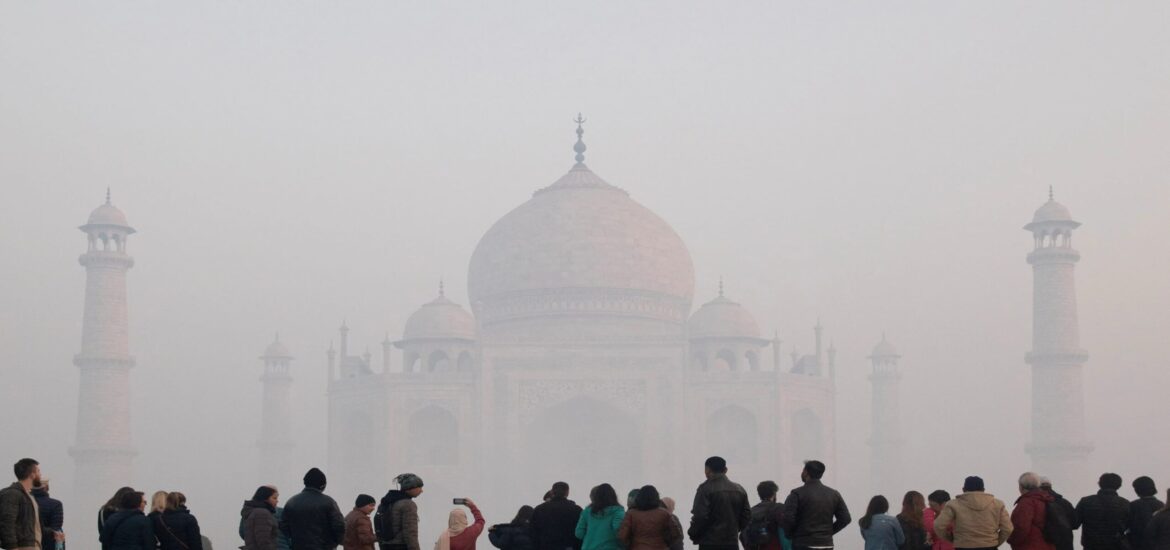New Delhi: Doctors and researchers are raising alarm over a disturbing trend—air pollution is increasingly being linked to a surge in cancer cases across India. While traditionally tobacco consumption and lifestyle factors were considered primary contributors, new studies now point to toxic air as a silent driver of lung, throat, and even breast cancers.
According to recent medical reports, prolonged exposure to fine particulate matter (PM2.5) and carcinogenic pollutants such as benzene, formaldehyde, and polycyclic aromatic hydrocarbons is significantly raising cancer risks. India’s metropolitan cities, where pollution levels frequently cross safe limits set by the World Health Organization (WHO), are witnessing a growing number of non-smokers being diagnosed with lung cancer.
Oncologists note that younger populations are increasingly vulnerable. “We are seeing patients in their 30s and 40s with cancers that were earlier common in older age groups. Air pollution is emerging as a major factor behind this shift,” said a senior oncologist from AIIMS, New Delhi.
The Global Burden of Disease (GBD) study has already classified air pollution as the second leading risk factor for disease burden in India, after malnutrition. The Indian Council of Medical Research (ICMR) estimates that nearly one in five lung cancer patients in urban centres are non-smokers—an indication of environmental triggers.
Experts warn that without urgent interventions, cancer cases linked to pollution will continue to rise. They are calling for stricter implementation of clean air policies, reduction of vehicular emissions, and a nationwide cancer screening programme to detect cases early.
Public health activists emphasize that the crisis is not limited to metros alone. Smaller towns and industrial belts, where monitoring is poor, are also becoming hotspots for pollution-induced cancers.
As India battles to control air pollution, the mounting evidence linking toxic air to cancer underscores the urgent need for stronger environmental regulations and public health preparedness.




